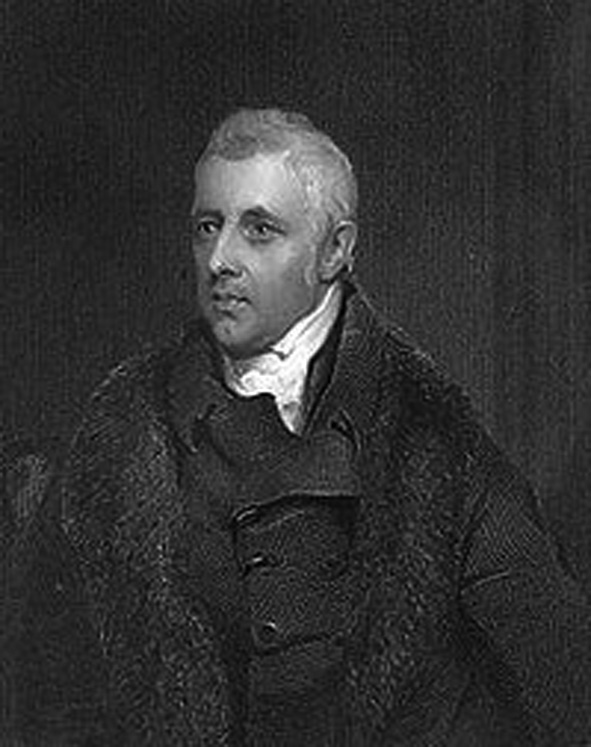Dudley Ryder (1762-1847)
 DUDLEY Ryder, 1st Earl of Harrowby was a prominent British politician of the Pittite faction and the Tory party.
DUDLEY Ryder, 1st Earl of Harrowby was a prominent British politician of the Pittite faction and the Tory party.
Born in London, Ryder was the eldest son of Nathaniel Ryder, 1st Baron Harrowby, and his wife Elizabeth (née Terrick).
He was educated at Harrow School and St John’s College, Cambridge.
Harrowby was elected to his father’s old Parliament seat of Tiverton in 1784. His administrative career began with an appointment to be Joint Parliamentary Under-Secretary of State for Foreign Affairs in 1789.
In 1791 he was appointed co-Paymaster of the Forces, having been made Vice-President of the Board of Trade in 1790.
He resigned the positions and also that of Treasurer of the Navy when he succeeded to his father’s barony in June 1803. In 1804 he was Secretary of State for Foreign Affairs.
After James Monroe’s first interview with him on 30 May 1804, “…Monroe reported to his Government that Lord Harrowby’s manners were designedly unfriendly; his reception was rough, his comments on the Senate’s habit of mutilating treaties were harsh, his conduct throughout the intervuew was calculated to wound and to irritate.”
In 1805 he was Chancellor of the Duchy of Lancaster under his intimate friend William Pitt; in the latter year he was sent on a special and important mission to the emperors of Austria and Russia and the king of Prussia.
In 1809 he was honoured when he was made Viscount Sandon, of Sandon in the County of Stafford, and Earl of Harrowby, in the County of Lincoln.
From 1809 to 1812 he served as minister without portfolio in the cabinet of Spencer Perceval.
From 1812 to 1827 he served as Lord President of the Council under Lord Liverpool.
After George Canning’s death in 1827, Harrowby refused to serve George IV as prime minister and never held office again. Despite this he continued to take part in politics, being especially prominent during the deadlock which preceded the passing of the Reform Bill in 1832.
Harrowby’s long association with the Tories did not prevent him from assisting to remove the disabilities of Roman Catholics and Protestant dissenters, or from supporting the movement for electoral reform; he was also in favour of the emancipation of the slaves.
Lord Harrowby married Lady Susan Leveson-Gower, daughter of Granville Leveson-Gower, 1st Marquess of Stafford, in 1795.
They had three sons and five daughters. She died in May 1838.
Lord Harrowby survived her by nine years and died in December 1847 at his Staffordshire residence, Sandon Hall, aged 85.
He was succeeded in his titles by his eldest son Dudley.
He was a member of the Literary Association of the Friends of Poland.
The family seat was Harrowby Hall, Grantham.
Have a look at the names in this text and you will recognise how some of the streets in the Dudley Road area – built on land he owned – got their names.




This is some additional stuff I have found.
The east side of the river was mainly fields going up the slope to the Hall’s Hill (there are historical drawings viewing the town from the hill). The Earl of Harrowby (named Dudley Ryder) owned most of this land (it is on old maps). The family stately home in Staffordshire, named Sandon Hall, burned down in 1848 and it is my theory that the sale of some of this land near Grantham helped pay for the rebuild of the hall (several houses in the area have him on their original title deeds).
The current 8th Earl is also named Dudley, it seems a family tradition.
I am uncertain if the primary residence was Sandon Hall or Harrowby Hall. They bought Harrowby in 1754 and Sandon in 1776. They had Sandon done up shortly thereafter;it is quite a large house and estate. Harrowby is modest by comparison. Maybe they moved up in stature in those 20yrs! The family did intermarry the Cecils, so they must have visited the area.